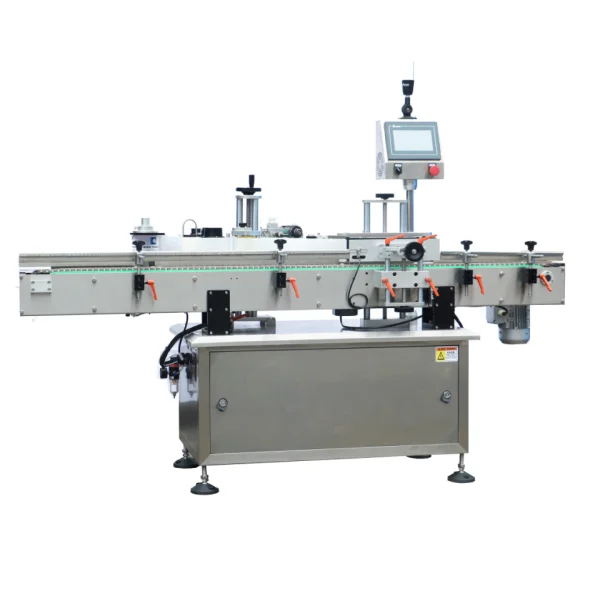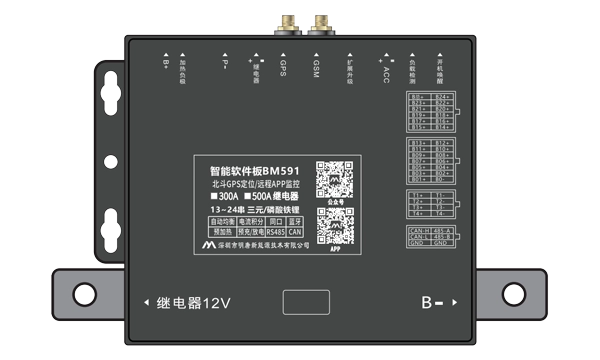Looking for an EDI water system manufacturer that stands out from the rest? Search no more! Our cutting-edge technology and commitment to excellence set us apart in the industry. Say goodbye to outdated systems and hello to innovation with our state-of-the-art solutions.
Experience top-tier quality and unmatched reliability with our products. From seamless integration to superior performance, we deliver results that exceed expectations. Elevate your operations with our advanced EDI water systems today.
Key Takeaways
-
Understanding the basics of Electrodeionization (EDI) technology can help in appreciating its significance in water purification.
-
Implementing EDI systems involves a series of steps that efficiently remove ions from water, ensuring high-quality output.
-
The components of EDI systems, such as ion exchange membranes and electrodes, play crucial roles in the ion removal process.
-
EDI effectively removes various contaminants like ions, minerals, and impurities from water, enhancing its purity.
-
Choosing EDI over traditional methods offers advantages like continuous operation, minimal chemical usage, and reduced waste generation.
-
To maximize efficiency and effectiveness, regular maintenance and monitoring of EDI systems are essential.
Basics of Electrodeionization Technology
EDI Process
Electrodeionization (EDI) is a water purification process that uses an electrical current to remove ionized substances from water. In this process, ion exchange resins are continuously regenerated, ensuring a consistent supply of high-purity water.
Pros:
-
Continuous operation
-
Chemical-free process
Cons:
-
Initial installation cost can be high
Chemical-Free Deionization
EDI technology stands out for its chemical-free approach to deionization. Unlike traditional ion exchange resin processes that require chemical regeneration, EDI relies on electricity to continuously regenerate the resins, eliminating the need for additional chemicals in the water treatment process.
Integration with Other Technologies
The integration of EDI with other water treatment technologies enhances the overall efficiency of the system. By combining EDI with ion exchange technologies, such as reverse osmosis, a complete water treatment solution can be achieved. This integration allows for the removal of impurities at multiple stages, ensuring the production of high-quality deionized water.
Advantages of Integration:
-
Enhanced purity levels
-
Improved overall water treatment efficiency
How EDI Systems Work
Electrochemical Process
EDI water systems operate through an electrochemical process that removes ions from water. An EDI system consists of ion exchange membranes, electrodes, and resin chambers. Water flows between the chambers, and when an electrical current is applied, ions are attracted to the electrodes.
The process begins with the ion exchange membranes allowing only specific ions to pass through. These membranes separate the water into two streams: one enriched in ions and the other purified. The electrical current then drives the ions towards the electrodes, where they are captured and removed from the water.
Role of Electrical Potential
In EDI systems, the electrical potential plays a crucial role in ion transport. This potential difference causes the ions to migrate through the ion exchange membranes towards the electrodes. As a result, the ions are effectively removed from the water stream, leading to a continuous purification process.
The electrical potential creates an environment where ions move selectively across the membrane based on their charge. This selective transport ensures that only unwanted ions are removed, leaving behind clean and purified water for various industrial applications.
Continuous Purification Process
Compared to traditional methods like ion exchange or reverse osmosis, EDI systems offer a continuous purification process. In traditional methods, the ion exchange resins need periodic regeneration or replacement, leading to downtime and additional maintenance costs.
With many EDI water systems, this continuous operation eliminates the need for regeneration cycles. As a result, industries benefit from a consistent supply of high-purity water without interruptions, making EDI systems a cost-effective and efficient solution for water treatment needs.
Components of EDI Systems
Ion-specific Membranes
Ion-specific membranes are essential components in EDI systems. These membranes selectively allow the passage of ions based on their charge, enabling the separation of ions during the water purification process.
The ion-specific membranes play a crucial role in preventing the mixing of different ions, ensuring the purity of the final product. By selectively allowing only specific ions to pass through, these membranes contribute significantly to the efficiency and effectiveness of EDI systems.
Mixed Bed Resin
Mixed bed resin is another key component in EDI systems. This resin consists of a mixture of cationic and anionic resins that work together to remove remaining ions from the water after passing through the ion-specific membranes.
The mixed bed resin acts as a polishing step in the water purification process, ensuring that any remaining impurities are effectively removed before the purified water is collected for use. This final stage helps achieve the high purity levels required for various applications.
Importance of DC Voltage
DC voltage is vital for the operation of EDI systems. This voltage is applied across the ion-specific membranes, creating an electric field that drives the movement of ions through the membranes.
The DC voltage facilitates the ion transport process, aiding in the separation and removal of ions from the water stream. This electrical force is essential for maintaining the efficiency and performance of EDI systems, ensuring consistent and reliable water purification results.
Configuration Options
EDI systems offer various configuration options to meet different application requirements. These options include single-pass and double-pass configurations, each offering unique advantages depending on the desired level of water purity.
-
Single-pass configuration: In this setup, water passes through the system once, undergoing purification before being collected for use.
-
Double-pass configuration: This setup involves two stages of purification, with water passing through the system twice to achieve even higher purity levels.
Contaminants EDI Removes
Common Contaminants
EDI water treatment systems effectively remove various common ionized and ionizable contaminants. These include nitrates, sulfates, ammonium, silica, and boron.
-
Pros:
-
Efficient removal of multiple contaminants
-
Consistent water purity
-
Cons:
-
High initial investment cost
-
Regular maintenance required for optimal performance
Enhanced Water Purity
EDI water purification systems significantly enhance water purity compared to traditional methods like reverse osmosis. By utilizing electricity to drive ions across ion-exchange membranes, EDI eliminates the need for chemical regeneration, ensuring a continuous supply of high-quality water.
Industries Benefitting
Specific industries benefit greatly from the removal of these contaminants through EDI water treatment plants. For instance, the pharmaceutical industry relies on ultra-pure water for drug manufacturing processes. The semiconductor industry requires high-purity water to prevent contamination during chip production.
https://www.orisunindustry.com/RO-EDI.html
Orisun group



